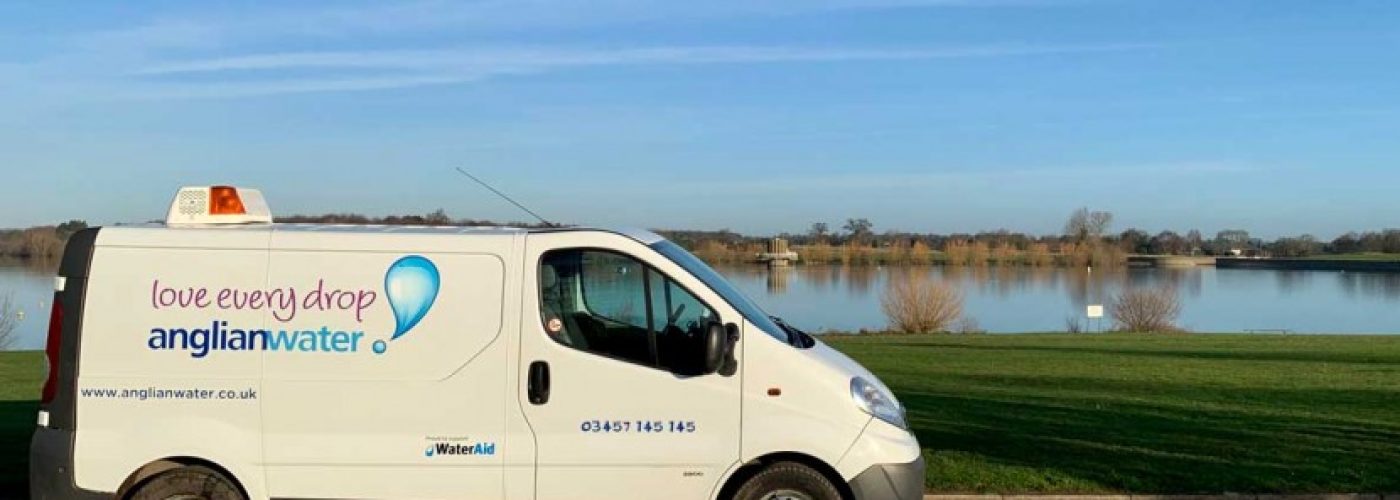The Anglian Water £100 million programme of additional storm water storage across the East of England is almost complete. The programme forms part of the water company’s Get River Positive initiative which was launched by Anglian Water and Severn Trent earlier this year.
The plan includes five pledges to transform river water quality across their regions and demonstrates a clear and actionable response to calls for a revival of rivers in England. Central to the pledges is a commitment that work carried out by the two water companies will ensure storm overflows and sewage treatment works do not harm rivers.
Because large proportions of the sewer network take surface water combined with wastewater, it means that rainwater ends up flowing through pipes to nearby water recycling centres where it is cleaned and returned to the environment. If this network becomes overwhelmed during heavy rainfall, that water can be released into nearby watercourses, to protect homes and businesses from flooding. As part of Get River Positive, Anglian Water has committed to greatly reducing how often this happens, protecting the region’s rivers and seas.
“We know that the frequency and severity of extreme weather – including drought, intense rainfall and flooding – is becoming more commonplace as a result of climate change. This year we’re in a strange juxtaposition where this summer’s extremely dry weather is actually a contributing factor for flooding. As it’s been dry for so long, the ground is still drier than usual and intense rainfall on to harder ground does not soak in as easily, meaning standing water builds up as there’s nowhere for it to go, causing surface water flooding. It’s a bit like a bath plughole, and it takes time for the water to drain away,” said Head of Environmental Strategy for Anglian Water, Carly Leonard.
“On top of this, the East of England is the lowest and flattest part of the UK so there’s less gravity to help water flow through catchments meaning rainwater more commonly stays where it falls. All of these factors mean that we need resilient infrastructure that can rise to the challenge and help us protect the environment at the same time. Being able to store excess water on our sites means that less ends up in our rivers, seas and some of the unique habitats in our region.”
The installation of new storm tanks, and increasing the capacity of existing tanks, means that larger volumes of rainfall, particularly during periods of extremely wet weather, can be captured and stored, helping prevent storm spills. The water is then released from the storage tank at a controlled rate through the water recycling process to make sure it’s clean enough to be returned to nearby watercourses.
Importantly, being able to store excess rainwater in this way provides additional protection to rivers, many of which in the East of England are unique chalk stream habitats, as well as the region’s coastline.
Despite the East of England seeing periods of heavy rainfall over the last couple of months, the region is still classed as being in a drought, with reservoirs, underground water stores and river levels still below average for this time of year.
Building, Design and Construction Magazine | The Choice of Industry Professionals





